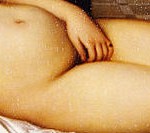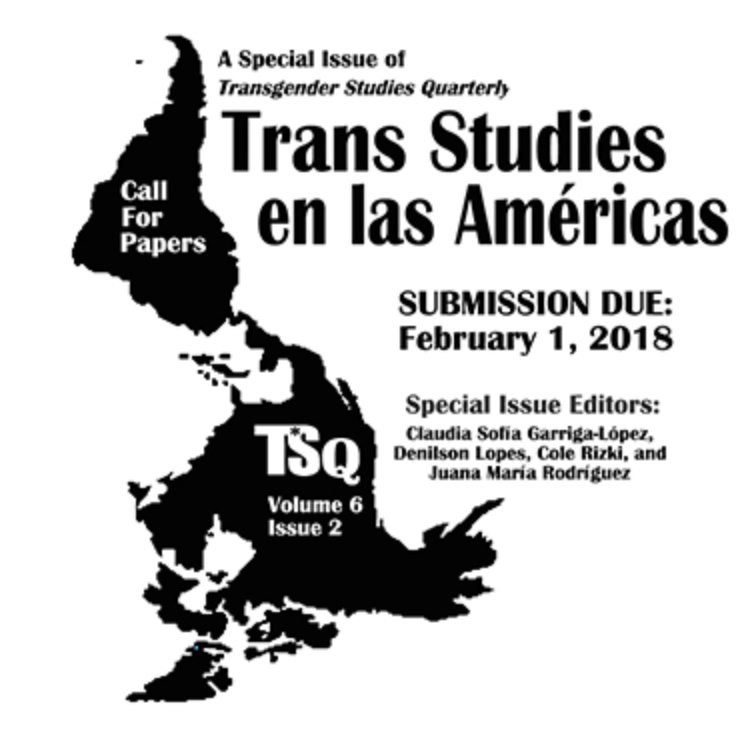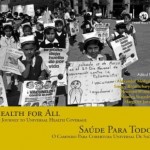May 2015
In the article Between the foreign and the local: French midwifery, traditional practitioners, and vernacular medical knowledge about childbirth in Lima, Peru, historian Adam Warren examines the politics of midwifery and the persecution of untitled female assistants in childbirth in early republican Peru.
Physicians, surgeons, writers and intellectuals especially critiqued informally trained midwives’ ability to intervene during complications in childbirth during the final years of colonial rule. Benita Paulina Cadeau Fessel’s arrival in Lima brought about the introduction of a new, formalized curriculum for training midwives based on French knowledge.
Adam Warren, from the History Department at the University of Washington is also the author of the book Medicine and Politics in Colonial Peru: Population Growth and the Bourbon Reforms (University of Pittsburgh Press, 2010).
In this interview to the blog HCS-Manguinhos, the historian discusses the transfer of French knowledge about professional midwifery to Peru with reference to the social, political, and cultural context.
What has changed for midwives in early republican Peru?
Midwives in early republican Peru were heirs to longstanding vernacular knowledge about the proper ways to assist women in pregnancy and childbirth. In many cases, such women had been trained by fellow midwives and thus lacked any formalized education in medicine, anatomy, or childbirth. While many of their techniques were likely highly efficacious, others were critiqued as unsafe for both mother and child. Physicians, surgeons, and enlightened writers and intellectuals, moreover, especially critiqued informally trained midwives’ ability to intervene during complications in childbirth during the final years of colonial rule. Benita Paulina Cadeau Fessel’s arrival in Lima brought about the introduction of a new, formalized curriculum for training midwives based on French knowledge of the art as well as a system for examining and licensing midwives. Cadeau Fessel thus participated in a project to gradually modernize midwifery with the hope of eventually extending such practices beyond Lima to the rest of Peru. Midwives themselves became targets of a campaign to transform their practices in dealing with women in childbirth.
Who was Benita Paulina Cadeau Fessel and what role did she play in Peru?
Benita Paulina Cadeau Fessel was a French midwife who had graduated from the Port-Royal Materinity Hospital in Paris in 1818. She and her husband, a French physician, traveled to Peru a few years later, spending time in both New Orleans and Guadalajara along the way. After they arrived in Peru, Cadeau Fessel appears to have become much more influential than her husband in the modernization of Peruvian medicine. Having trained in the theory and practice of childbirth in Paris and graduated with various honors, she likely set out to the Americas with the goal of founding her own school of midwifery. In Lima she became the first director of the city’s new Maternity Hospital and Midwifery School, where she introduced a French curriculum of midwifery and childbirth and sought to eliminate local practices among midwives that she deemed dangerous.
What was the interaction like between the local and the global with regard to the reform of childbirth in Lima, and how did this aggravate social tensions within society?
During the colonial period, several medical interventions introduced from abroad arrived in Peru and were enthusiastically appropriated by local practitioners. A good example of this is the smallpox vaccine, which reached Peru in 1805 and led to the formation of vaccination juntas headed by local surgeons, physicians, and healers. In this way, one could read the introduction of French midwifery techniques as just one of many transfers of medical knowledge across the Atlantic before and after independence from Spain. However, Cadeau Fessel’s efforts did do something new in that they targeted, vilified, and sought to eliminate the work of informally trained midwives, who tended to be from the lower classes and practiced their art based on informally acquired knowledge. During much of the colonial period, little had been done to police midwives despite concerns published in Lima’s late colonial press. Other medical professions were likewise only loosely policed, and in some cases medical reformers actually collaborated with local healers and incorporated their knowledge into European practices. Cadeau Fessel, on the other hand, saw herself in the 1820s and 1830s as rescuing pregnant women from what she believed were the dangers of local, vernacular knowledge and the various techniques existing midwives employed. Her approach was one based not on collaborating with such midwives, but rather on requiring that they either be trained in French midwifery or eventually be prevented from practicing their art. Obviously, this agenda pitted local, formally and informally trained midwives against each other while establishing Cadeau Fessel as the foreign “expert” on matters of childbirth.
Related articles in HCS Manguinhos:
Felitti, Karina. Parirás sin dolor: poder médico, género y política en las nuevas formas de atención del parto en la Argentina (1960-1980). Hist. cienc. saude-Manguinhos, Dic 2011, vol.18, suppl.1, p.113-129.
Silva, Marinete dos Santos. Reproduction, sexuality and power: the struggles and disputes over abortion and contraception in Rio de Janeiro, 1890-1930. Hist. cienc. saude-Manguinhos, Dez 2012, vol.19, no.4, p.1241-1254.
Silva, Tânia Maria de Almeida and Ferreira, Luiz Otávio. A higienização das parteiras curiosas: o Serviço Especial de Saúde Pública e a assistência materno-infantil (1940-1960). Hist. cienc. saude-Manguinhos, Dez 2011, vol.18, suppl.1, p.95-112. ISSN 0104-5970
Barreto, Maria Renilda Nery. Assisted birth in 19th century Bahia. Hist. cienc. saude-Manguinhos, Dez 2008, vol.15, no.4, p.901-925. ISSN 0104-5970












